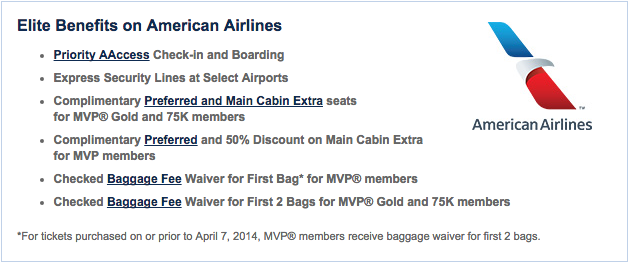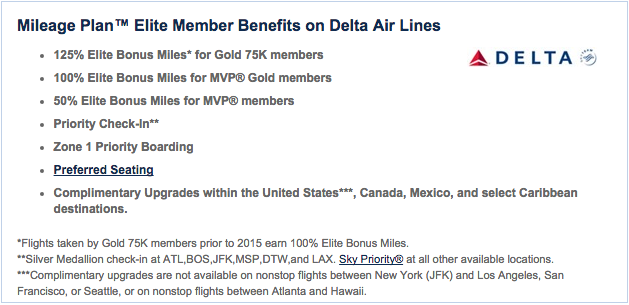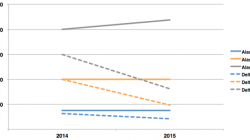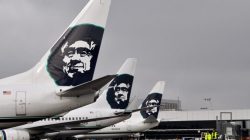Several readers emailed me yesterday asking about alternatives to American Airlines. They know I’m a fan of Alaska Airlines, one of American’s partners, and were wondering how American’s changes would affect Alaska — if at all.
Many people jumped ship to move from Delta or United to American when they were offering generous status matches to Executive Platinum. No one wants to keep switching, especially as the number of options dwindles. I am not convinced that there is another oneworld Alliance member that offers a better program than American, so that leaves non-alliance partners.
Is Alaska really a viable alternative, or are you better off adjusting your expectations and suffering through the changes at American?
You Don’t Need to Fly Alaska Airlines
The most important consideration — I think — is who you actually fly with. You can earn status with Alaska Airlines and continue to fly American if you want. Though several programs have rules that you must fly a certain number of segments on their own aircraft, Alaska’s Mileage Plan does not. You can fly any partner you like as long as you credit it to Alaska by adding your Mileage Plan number to the ticket. Just look at the maps for American, Delta, and Alaska in the US (credit: OpenFlights.org).
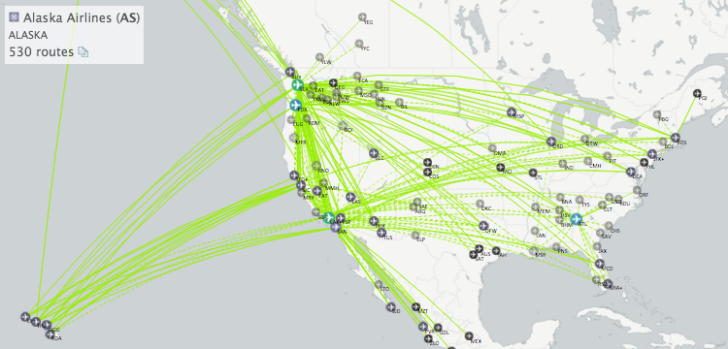
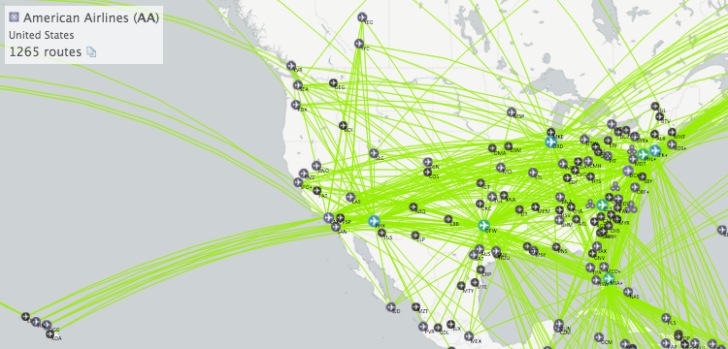
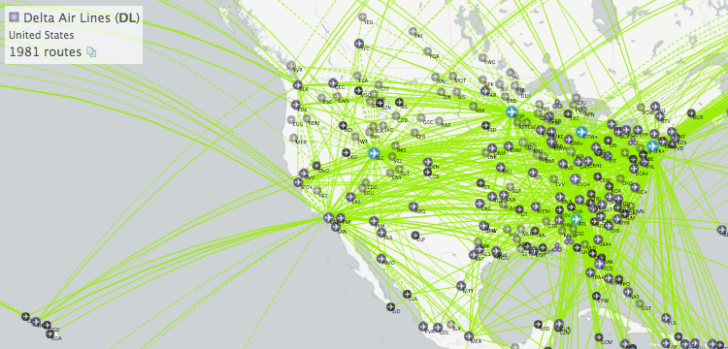
This means you have a lot more options. In addition to flying American, now the world’s largest airline, you can also fly on Alaska and Delta within the United States. That’s two big airlines and one small airline that, together, can get you almost anywhere you need to go. Internationally, you can pick for an assortment of oneworld, SkyTeam, and other partners. These include Cathay Pacific, British Airways, KLM/Air France, Korean Air, and Emirates.
All these choices mean you can take more nonstop flights and possibly find a lower price than if you were loyal to a single airline.
You Can Still Enjoy Benefits on American
Another important consideration is what happens to your benefits on American if you start crediting flights to Alaska. Are you going to have to suffer every flight squished into a middle seat in the back row, even if you’re flying 50,000 miles a year? No.
Both American Airlines and Delta Air Lines offer benefits to Alaska’s elite members. These include the more basic features like checked baggage, priority boarding, and some preferential seat assignments. American also offers access to its airport lounges if you have one of Alaska’s Board Room memberships.
Upgrades Are a Wash
What you will miss out on are upgrades. American doesn’t offer any upgrades to Alaska’s elite members, mostly because American has technical limitations imposed by its 500-mile upgrade certificates. Delta offers upgrades, but you’ll be ranked after all of its own members and probably won’t get one in practice.
Does this matter? Most low and mid-tier members don’t have much upgrade success on their preferred carriers anyway. Delta’s new basic economy fares strictly forbid upgrades even if you’re a top-tier Diamond Medallion. American is making upgrades more difficult to obtain by diluting the pool of Executive Platinum members and awarding fewer 500-mile upgrades to other elites.
So yeah, you won’t get upgraded if you continue to fly on American after switching your status to Alaska. But many people weren’t going to get upgraded anyway.
Alaska’s Miles Are More Valuable
This is no secret. With the new prices charged by American, the rates that Alaska charges for many awards will be much, much lower. Would you rather spend 220,000 American miles round-trip on Cathay Pacific first class, or 140,000 miles with Alaska? Not only that, but Alaska has more flexible around routing rules: no direct routing requirement, no published fare requirement, and a free stopover in each direction — even on one-way awards!
There are some caveats. Alaska has a frickin’ complicated award chart, which is actually 43 different award charts for each carrier and region. But if you can get past that I have found it to be very valuable.
Some Won’t Want to Switch
I’ll admit the new program at American will probably work better for some people. Those are likely the last-minute business travelers who buy expensive fares, get reimbursed by someone else, and fly enough that they’ll easily earn more systemwide upgrades than before. I’m sure that American will find other, more subtle ways to recognize its most profitable customers.
And if you’re that person, you’re probably not even reading this post.
Alaska Probably Won’t Make Big Changes
We still don’t know what will happen at Alaska. It is the last domestic carrier that hasn’t made plans to change to a revenue-based program. There is a sense that it has to make this change to match its competitors. But no company has to do anything. Is a loyalty program a rebate? A way to sell miles to a bank? A marketing tool to attract customers? Depending on the answer, the program may be run differently.
I believe Alaska uses Mileage Plan to attract customers in the traditional sense of a loyalty program. It doesn’t have some of the pressures faced by other domestic airlines, such as competition with Gulf carriers for international traffic. It has a standardized fleet, similar to Southwest Airlines. It can’t switch marketing tactics to focus on the size of its network (though it is growing). In short, it’s wrong to make a direct comparison to American, United, and Delta.
Alaska has implemented some changes in response to its partners, but it has made an effort to maintain the value proposition. Two examples come from Delta and British Airways:
When British Airways devalued its program earlier this year, American and Alaska eventually lowered the number of miles they offer on BA-marketed flights. Now all three offer as few as 25% of the distance flown on the cheapest fares. However, they differ at the high end. American offers just 150% of the distance flown on first class fares, while Alaska offers 300%. When programs negotiate, it is not as simple as matching each other.
When Delta switched to a revenue-based program, it was sensible that Alaska would have to do something. Airlines don’t like to offer huge differences between their respective programs because, duh, it leads to poaching and rubs partners the wrong way. But Alaska did improve its own program since Delta and Alaska are competing on many of the same routes. Now some fares on Alaska earn even more miles; cheaper fares remain unaffected.
In brief, Alaska can adapt its program to its partners’ needs without gutting it.
I don’t have any specific information on coming changes at Alaska Airlines. I’m sure they’ve talked about the possibility of switching to a revenue-based program. That’s just prudent. But discussing it and acting on it are entirely different. For now the airline continues to be profitable and even pay dividends. If an attractive loyalty program is part of that success, why change?
Featured image credit: Alaska Airlines


